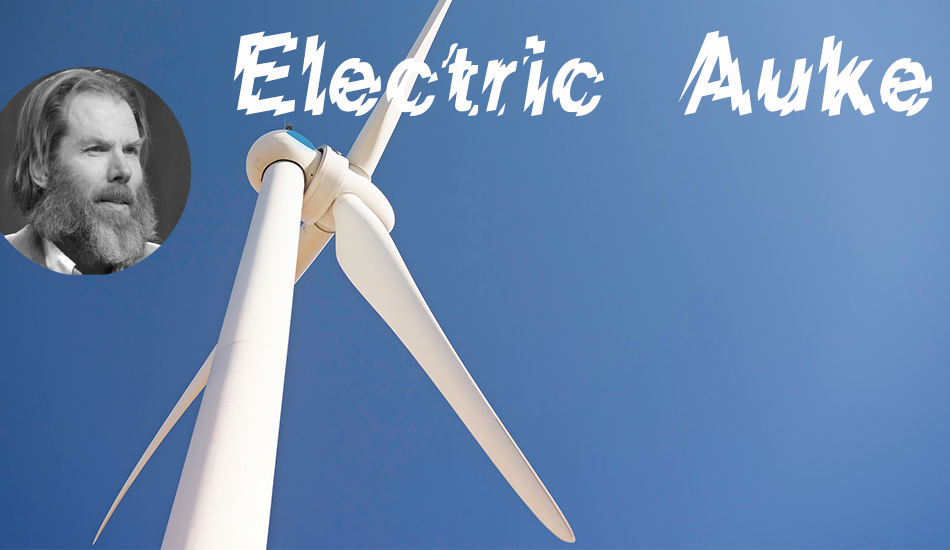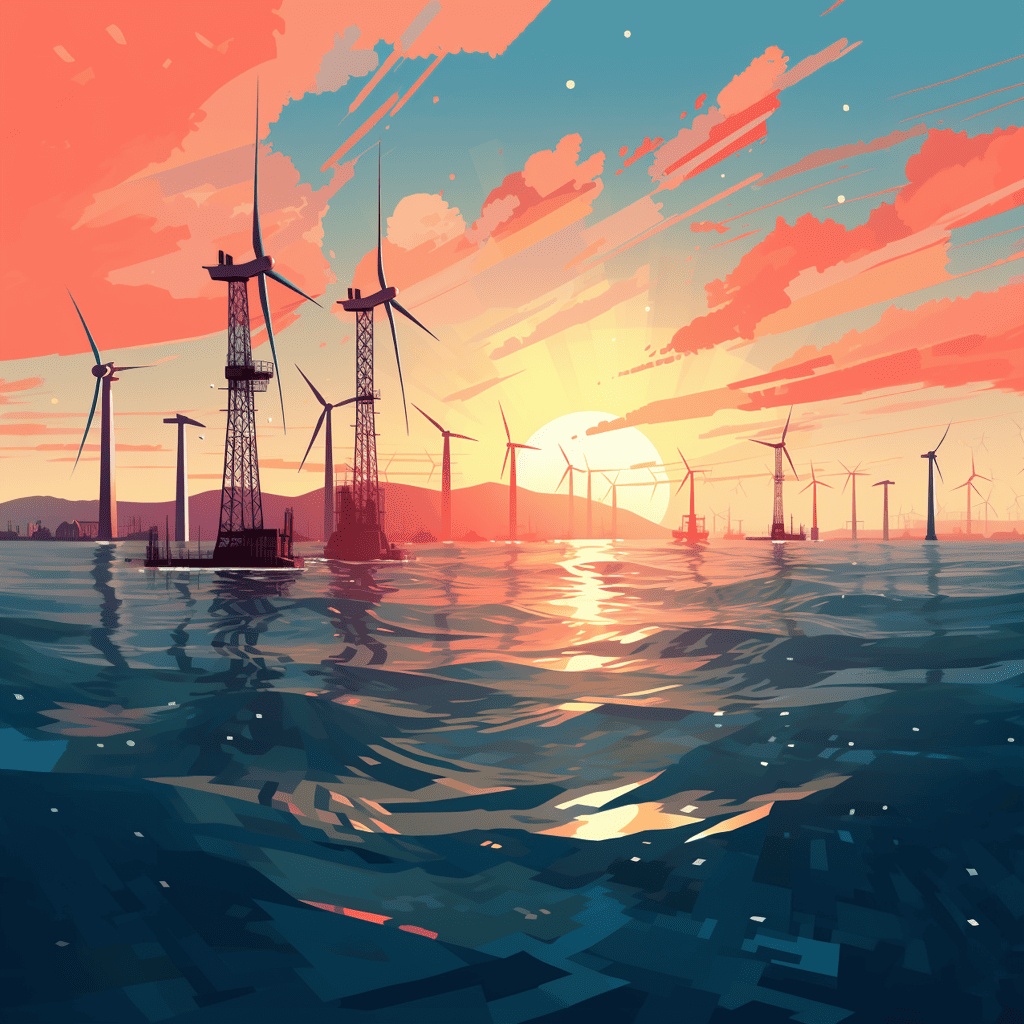
Each week we take a look with EV specialist and Innovation Origins columnist Auke Hoekstra at what caught his eye on topical issues or what he runs into where the preservation of our planet is concerned. This week Auke is talking about the energy system of the future.
The phone picks up as soon as the number has been keyed in. A cheerful voice on the other end says: “Can I call you back in a 15 minutes? I’ll be sitting quietly in the car then and won’t be distracted by any emails. I can’t secretly check them either.”
Meanwhile, Auke has sent me what has kept him busy the past week:
Our future energy system will be more like an ecosystem and less like a factory.
I think this is a good lens through which to understand the work of people designing renewable energy systems like @mzjacobson, @ChristianOnRE, @nworbmot, me and many others.
Allow me to explain. https://t.co/euOtZXfKYe
— AukeHoekstra (@AukeHoekstra) March 1, 2020
Then the phone rings: “So, now I can talk in peace. Did you see that? I’m really excited about it. It’s about the future of our energy system. It is going to be completely overhauled,” Auke begins enthusiastically. He compares the current situation with a factory: “We need power and bam, we set fire to something and have energy. It’s that simple. We have complete control over it.”
But that’s got to change, doesn’t it? “Yes, of course! We have to get rid of the dig-burn-and-use-up model very quickly. I get it. If there’s a need for energy, you just burn coal and you have energy. We’ve been doing that for hundreds of years, so we’re used to it. We find that way of thinking pretty normal. But the new energy system needs a different way of thinking.”
Mindsets and ecosystems
How are we going to figure that out? “You can’t say: today the sun will shine for so many hours and produce this much energy, or we’ll need wind force 8 tomorrow at 3 pm, will that be OK?” Auke laughs and answers his own question: “Yes, no or maybe. You just don’t know that beforehand. That mindset of turning on a factory whenever we need energy has got to change. I like to compare the new system with nature or with an ecosystem. Nature is very robust. Ecosystems have lasted for billions of years – without our intervention. They are complex systems that are interconnected and rely on each other. Yet they are in balance. There is no real hierarchical structure. Why can’t we learn from that?”
“I – by the way, I’m not alone in this – see it as an ecosystem where if there is a shortage somewhere, another person’s oversupply fills it back up again. You could also compare it to a market where everyone trades and interacts with each other. We have to completely abandon the idea of a centralized system. That kind of centralized system just isn’t tenable. Look what happened in Russia.”
That sounds a bit vague …
“Yeah, I figured that. Let me put it this way. We have to turn it around. So instead of saying, we need so much energy at this point in time, we start at the bottom instead. You begin with what’s generated from wind, sun and other renewable sources of energy. Then you get a mismatch. So you either supply more or store it. And there can’t be just a single solution, because the amount of energy from wind and sun fluctuates constantly. So we have to look for flexible solutions in order to supplement shortages and store surpluses.”
“It starts with the ”get rid of” part of the issue. As in what I’m doing in my new house. I am isolating it so well that very little heat can escape. As a result, I need less energy in order to keep my house at the right temperature. Subsequently, you start looking at ways to store or redistribute heat. Actually, heat is relatively simple and cheap to regulate and store. You can put a huge container under your house. Or you can set up a heat network with your neighborhood. And there are various types of heat pumps. This is just the beginning. There may be a hundred creative solutions that we can come up with that we can get to interact with each other in this ecosystem.”
And we also have to think differently about electricity, according to Auke: “You can do a lot of things in a flexible way. Charging a car can be done outside peak hours. If your house is properly insulated, you could turn off the heat pump for a couple of hours.”
But if everyone’s doing everything during off-peak hours, isn’t that just shifting things around?
“If all goes well, the demand for energy becomes more flexible. Actually, it’s just a little bit different for each situation. But that’s the nice thing about ecosystems. Everything reacts to each other. If a tree falls down somewhere, you get more light and something new grows in its place. Maybe rabbits will turn up and they in turn attract foxes. And so on.”
So, how do you go about putting such a system in place?
“Fortunately, for several years now there have been a great deal of scientists who believe that we can develop such an ecosystem with an inexhaustible supply of energy. There is still a lot of discussion about what exactly that should look like and whether it is financially viable. But if you said that out loud 12 years ago, you were ridiculed. I’m happy with this transformation, but we’re still a long way off. There are also plenty of scientists who have worked out that something is feasible, but then don’t do anything with it. I would love to put that into practice too. That’s what I’m trying to get more people involved. I’ve noticed that this is still quite hard to do. I’m trying to find a good metaphor for this, something that people are already familiar with … Isn’t that your job?”




